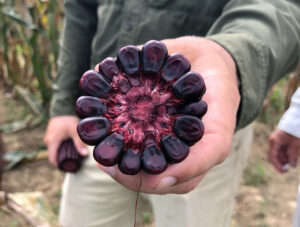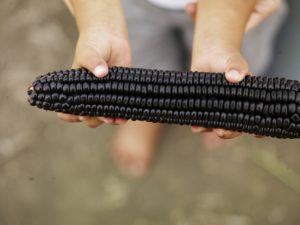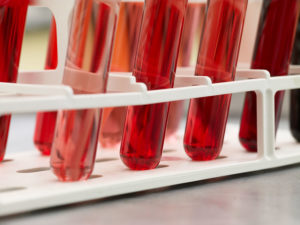Colors are essential in product development and choosing the right one is critical. Historically red has been achieved with FD&C colors like Red #40 and Red #3, however, with increasing consumer demand for clean label foods, the product development trend has clearly tipped toward colors derived from fruits and vegetables. That’s why we developed Amaize® red, a natural color from Purple Corn.
Anthocyanins are widely used because they are the most stable natural reds – surviving sugar boils and pasteurization. But the supply chain for sources such as elderberry and black carrot is limited to a few EU countries. And as more food companies switch to natural sources a much greater supply of plant-based colors will be necessary.
So, if you are looking for a natural red source that comes with a transparent supply chain, diverse growing regions for contingency planning, and scalability to meet demand, black carrot and elderberry may not be ideal. We’ve addressed these challenges by partnering with leading agronomists and responsible local farmers to bring to market a new red color that checks all the right boxes as the ideal natural red color.
Farmers First
Amaize® red could not be what it is without the farmers – quality control and sustainability begin with them. We work with our partners to select the farmers committed to best management practices. They have the means to limit their use of non-renewable resources, make less impact on the environment, and grow a healthy and profitable crop.
Traditional Breeding Practices
We purposely partner with those committed to traditional agricultural knowledge and breeding practices to improve crop productivity and increase color yield.
The work is largely done by hand in its natural growing season. And, while this takes longer, the time and effort are worth it to achieve a climate hardy hybrid that is non-GM and can be grown organically.
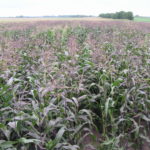

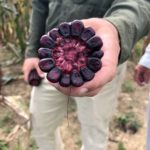
Practical, Economical, Beneficial
Highly efficient processes exist for growing, harvesting, transporting, & storing corn. Unlike other crops used to produce color, corn can be dried in a cost-efficient manner and stored in bulk to preserve quality. This allows for flexible planning & response to changes in demand. Better yet, our manufacturing model allows us to use 100% of our spent corn. It is sold to local farmers to use as feed for their cattle, reducing waste and helping local farms maintain costs.
Why does transparency matter?
Food quality and transparency have become increasingly important as consumers seek to better understand the food they buy. A fully transparent supply chain extends visibility and enables a true farm to fork view of the path that products take to the consumer.
Want to know more about this amaize-ing color? Learn more here.


